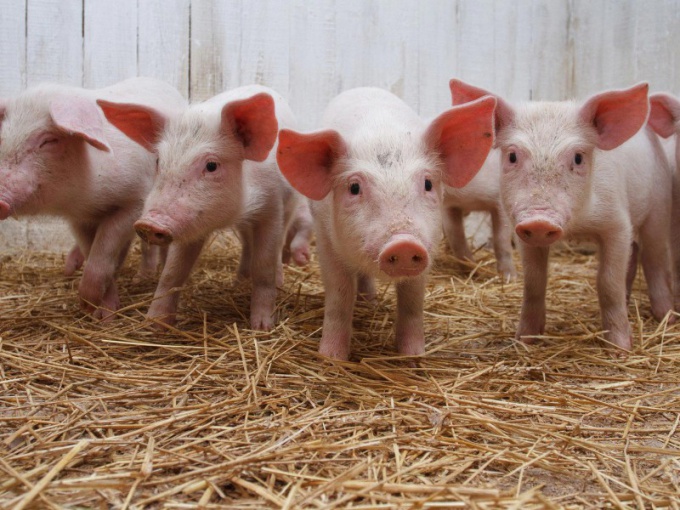For these reasons, the breeding of pigs at home is considered a very profitable occupation – not only will you be able to fill your refrigerator with quality tasty meat, but if you want to make money from the sale of pork. Order to breed pigs, you will need to choose the right breed to take care of proper feed and feed supplements for pigs, to promptly trace the beginning of estrus in sows and to provide the necessary assistance with farrowing pigs.
What breed of pig is best to choose
At home the Russian farmers breed both domestic and foreign breeds of pigs, conventionally divided into three main categories: greasy meat, meat-fat and bacon. What breed to choose for your Church – you decide.
Tallow-beef breeds: Mirgorodskaya, North Caucasus, Belarusian black-motley. The suit pigs black or black-and-white, they are lightweight and fast salivarium.
Bacon breeds: popular large white and Estonian bacon. Appearance of a pig with white, long-eared, with long body, with well-fed hams and loin. Release the fat from this breed are low, the meat yield is high.
Meat-fat breeds: Siberian Northern Ukrainian steppe white, Lithuanian white. Accordingly, the suit of the animals – white pigs are large, they have poorly developed adipose tissue, and muscle tissue well developed. The divorce of pigs of this breed are particularly common in the household as they are suitable for meat and bacon fattening. Large white pigs are prolific, pigs for half a year to gain weight in 100 kg, and large boars reach 350-370 kg.
Recently all become more popular in Vietnamese pig farming is economically profitable. The cost of feeding they require less due to their compact dimensions take up little space, is very prolific (up to 20 piglets in one litter), have a bacon addition.
Sexual hunting, pregnancy and farrowing Vietnamese pigs occur about the same as other breeds of pigs. However, at birth the owner must be present – so the sow will feel in peace, the Farrow will be easier, certainly, you must ensure that newborn pigs received breast milk in the first half hour of life because they are born with very low reserves of nutrients.
